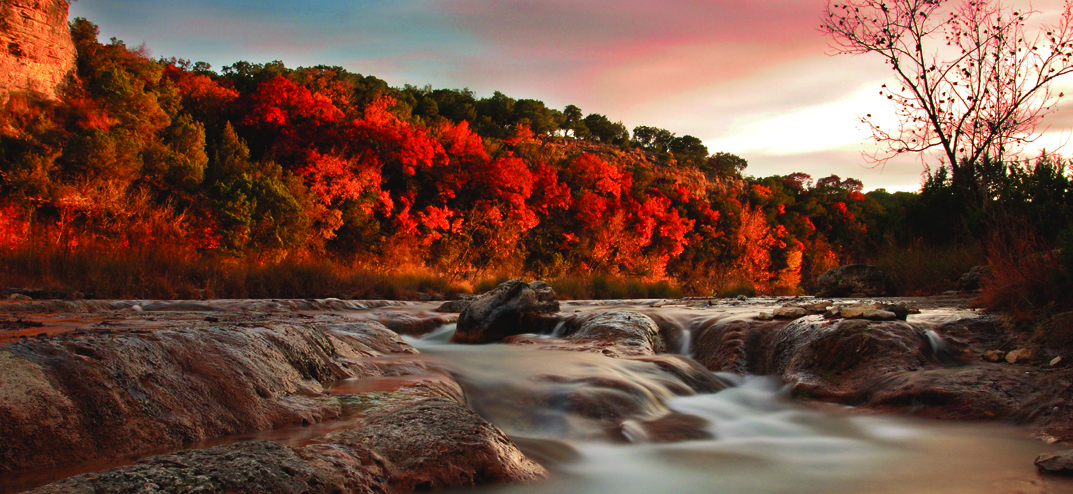Economics of Sound Planning

Economics of Sound Planning
The case for planning and conservation in the Texas Hill Country is clear when we think about water resources, scenic beauty and quality of life. However, since economic benefits are often used to argue for growth at all costs, it is also important to analyze the economic value of conservation activities and existing natural landscapes. Measuring the economic benefits of thoughtful growth and conservation policies can be challenging — how does one measure the dollar value of a clear creek or a nearby network of hiking trails? We also seek to find a rightful place for economics within a larger conversation about what we value in our communities. The studies found on this page take a look at variety of related topics such as the value of parks, the cost of infrastructure, the economic effects of tourism and how investing in land conservation pays off.
Some key findings from existing studies on planning economics include:
- The amount of property tax revenue from residential sprawl is not enough to cover the costs associated with new infrastructure. This means that current taxpayers subsidize new development.
- For every dollar Bandera County receives in taxes from farm and agricultural lands, it spends $0.26 to service the same area. Yet, in residential areas, the county spends $1.10 in services on every dollar received in taxes.
- For every dollar put into parks by the LCRA and Travis County, $16.80 was returned in benefit.
- While most other states allow counties to collect fees from developers to help offset the cost of new development, Texas does not.
- Texas leads the nation in loss of prime agricultural farmland to development.
- The real estate market consistently demonstrates that many people are willing to pay a more for property located close to parks and open space areas. The higher value of these residences means that their owners pay higher property taxes. In effect, this represents a “capitalization” of parkland into increased property values for proximate landowners.
- Conservation-oriented areas show higher appreciation in property values.
- Residents value undeveloped lands primarily for their wildlife habitat and water quality protection.
- In 2008, visitors to state parks from outside Texas added $15.7 million to the gross state product.
Recent Economics of Sound Planning News
Burnet County seeks law change for more power over subdivisions
The Burnet County Commissioners Court joined the Hill Country Alliance in condemning a 2023 state measure that allows developers to build subdivisions with questionable infrastructure and water access in rural counties. The court voted unanimously at its regular...
DROUGHT & DEMAND: Water conservation a focal point as new style of developments arrive in New Braunfels, Comal County
Hill Country Alliance program director Cliff Kaplan works across the region to promote responsible water use. “It’s kind of become a cliché to say that water is life, but of course, it’s true,” Kaplan said. “None of our communities can exist without water, and if...
Comal County adopts parks and open space plan
What began more than a year ago as an initiative to secure grant funding for Comal County sports fields culminated Thursday in a lengthy — and at times heated — discussion among commissioners and residents about the role of government, property rights, and natural...
Call to action for our Neighbors in Taylor
When it comes to shifting our region towards more fiscally and environmentally responsible development patterns, Hill Country communities benefit from banding together with our neighbors east of I-35. Bastrop and Taylor, for example, have made great strides in...
